Non-technical business professionals are the primary beneficiaries of reverse ETL and the insights it provides, so they need to understand how it can be used. But, tech-savvy data engineers and scientists are the ones who actually use reverse ETL tools (and the secondary beneficiaries, because the tools spare them engineering work).
This article will speak to both groups. On one hand, it will give business professionals an immediate understanding of how they can benefit from reverse ETL. On the other hand, it will help data professionals determine which reverse ETL tool might be most appropriate for their use case.
The article is broken up into three main parts (feel free to skip to section three if you're already familiar with reverse ETL):
- An explanation of reverse ETL and why it is becoming popular.
- Concrete examples of how reverse ETL can be used by different business teams.
- 6 best reverse ETL tools for 2025 according to 7 criteria.

Let's dive in!
What Is Reverse ETL and Why Is It Becoming Popular?
Reverse ETL is the copying of enriched data—very often first-party data—from a data warehouse into business applications like CRMs, finance management systems, and marketing tools. Why would you want to do this? We will illustrate in detail in section two, but, in short, it eliminates data warehouses as data silos and makes unique insights much more accessible.
Data warehouses typically only power dedicated analytics applications, which are great for decision-makers because they reflect companywide trends and processes. But sales teams, for example, spend their time in CRMs analyzing data on individual customers, not companywide processes. And data warehouses contain tons of customer data that isn't natively available in CRMs. Enter reverse ETL.
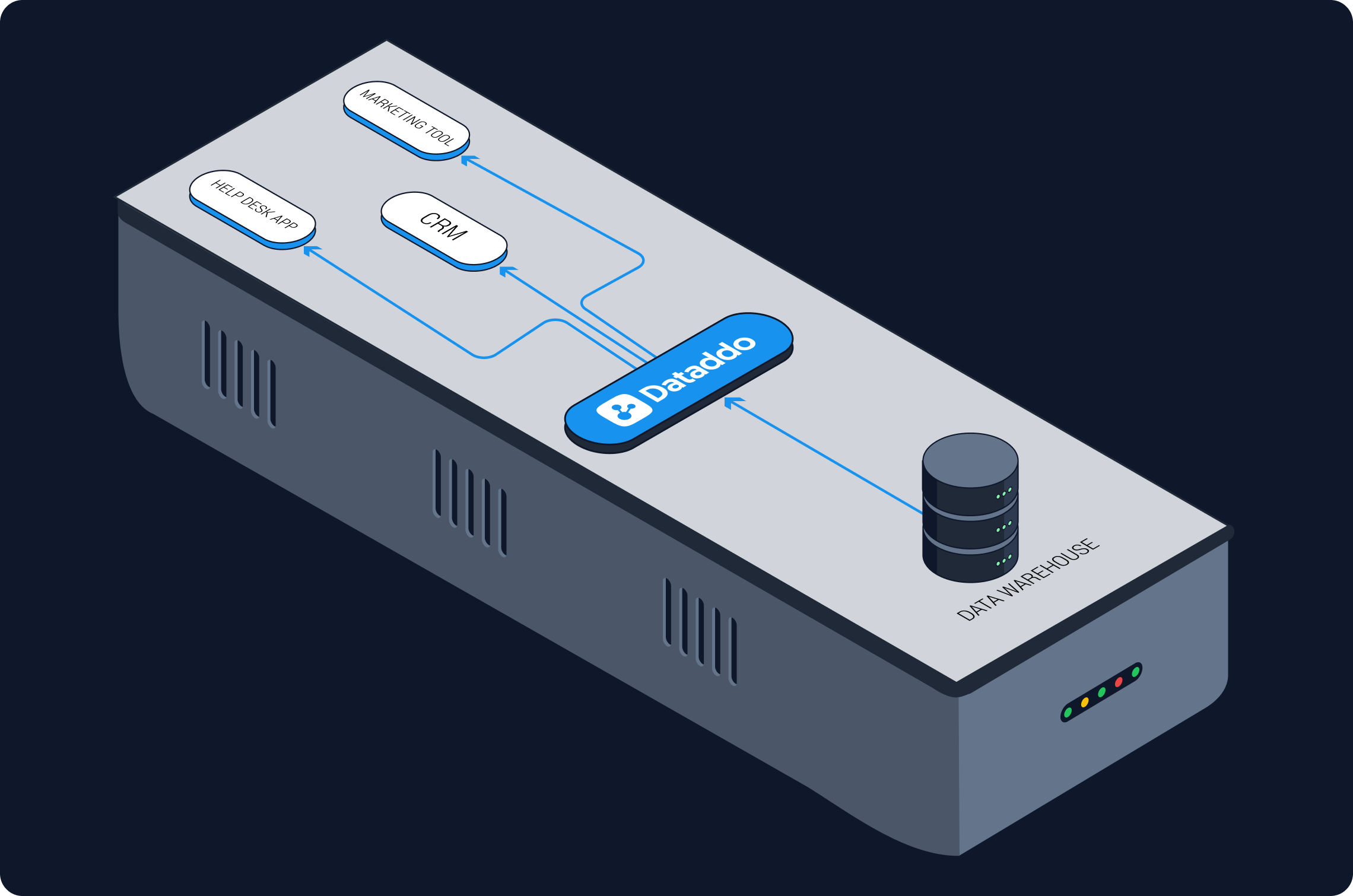
Reverse ETL itself isn't actually new. Sending company data from a warehouse into apps is something that's always been theoretically possible. But, historically, it hasn't been practical, for the same reasons that building and maintaining traditional ETL integrations in-house isn't practical: it's extremely time-consuming, it distracts data teams from core tasks, and, ultimately, it doesn't provide insights to the teams that need them in a timely manner.
What is new is that, in the last couple of years, thanks to new advances in cloud computing, the market for managed, relatively user-friendly reverse ETL tools has boomed. Since these tools are managed, all the integrations are built and maintained by the companies offering them, and some of them allow users to set up pipelines in a matter of minutes.
Note that we used the term "relatively user-friendly" in the paragraph above. Since reverse ETL pipelines send data from warehouses into apps, they have to be configured more carefully than classic ETL pipelines, because bad configuration could cause incoming data to overwrite data that's already in the destination app. (Classic ETL pipelines send data to warehouses, where it is just "dumped" alongside the other data that's already there, so there is no overwriting.)
For this reason, reverse ETL tools will need to be operated either by engineers on data teams or technically savvy professionals on business teams (i.e. citizen data scientists). Still, reverse ETL tools are a game-changer because they deliver crucial insights to business teams punctually, they are a massive time-saver for data teams, and a massive money-saver for companies as a whole.
The Power of Reverse ETL: Concrete Examples
Reverse ETL lets you send any company data into any operational tool, so the possibilities are essentially endless. Here are some examples to demonstrate how powerful it can be.
For Marketing Teams: Automatically Reacting to Customer Behavior in an App or on a Website
Customer marketing teams can configure any kind of communication to trigger in response to any customer behavior in an app or on a website.
Assuming all customer behavior data is synced to your main database, this data can be routed to a CRM like Hubspot or Salesforce, or an in-app messaging tool like Intercom. So, for instance, when a customer starts using a new feature, or if they spend a certain amount of time examining that feature without successfully using it, you can have an email or in-app communication trigger automatically to help them along their way.
This could work wonders to make an upsell when the customer is hot, or solve a problem before they go cold.
For Sales Teams: Putting Complex Insights on Individual Customers in Front of Reps
Reverse ETL is just as much about marketing automation as it is about viewing granular customer insights in the tools where they're needed. For sales teams, the tool of choice is a CRM.
Any metric that involves first-party data, like lifetime value or different kinds of customer scores, can be synced regularly to a CRM using reverse ETL. This way, a sales rep can, in the middle of a call, pull up the profile of the customer or lead they are talking to and have a clear picture of their potential value to the company, risk of churn, or most recent in-app behavior.
Without reverse ETL, they would have to request this information from the data team or, at the very least, fumble through a spreadsheet to find it—something not very practical in the middle of a sales call.
For Product Management Teams: Gathering Better Product Feedback
The benefit of reverse ETL for product management teams is similar to that for customer marketing teams, only the end goal is product optimization rather than upselling and churn prevention.
Just like customer marketers can automate the triggering of communications in near real time, product managers can configure feedback prompts to fire in response to any kind of in-app behavior. This greatly increases the chances that customers will actually take the time to give feedback because you can catch them when the feedback is top of mind.
Product managers can also route any data, such as data on feature requests, to their CRM, making it easier to prioritize the implementation of new features. We at Dataddo do exactly this—any time someone requests access to a new connector, we can see in our CRM who requested it, as well as how many requests per connector there are. This feedback helps us quickly decide which one to build next!
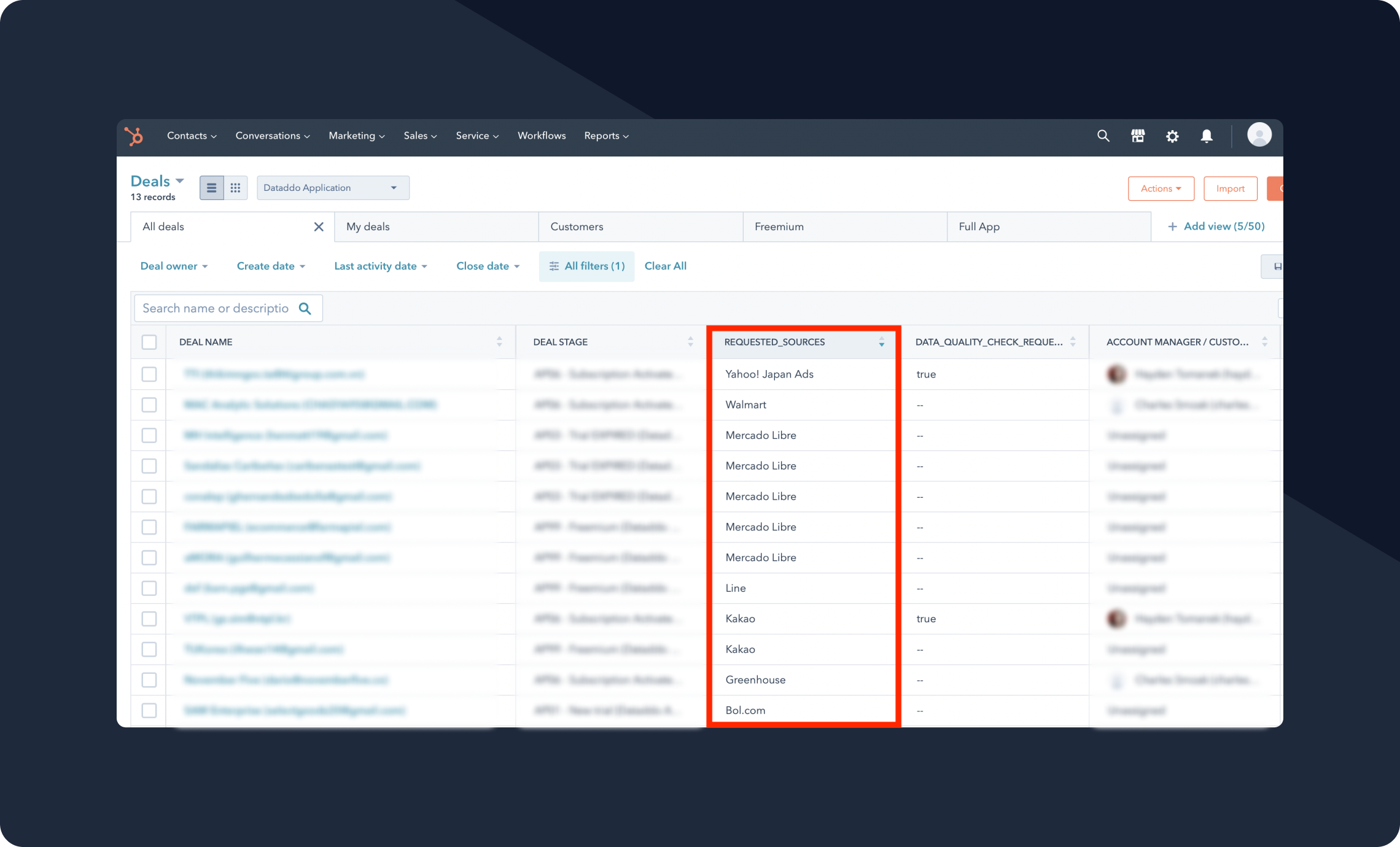 Screenshot: Source requests in our CRM
Screenshot: Source requests in our CRM
6 Best Reverse ETL Software for 2025: A Comparison
The top reverse ETL tools for 2025 are:

Each tool will be evaluated according to seven key criteria. Here is what to keep in mind when looking at each criterion.
Destination integrations
It's not just the number that counts here, but whether or not the integrations are fully managed, as well as how willing the vendor is to build new integrations on request. Adoption of SaaS apps will only continue to increase, so it's important that you never have to worry about building and maintaining your own reverse ETL integrations.
Source integrations
Where you are sending data from is just as important as where it's going, because if your source is not supported, neither is your destination. So, again, the flexibility to accommodate new integration requests is key.
Security
With GDPR fines, hacking incidents, and data breaches on the rise, security certifications like SOC 2 are more significant than ever.
Ease of use
Since the main purpose of reverse ETL software is to deliver insights to business teams and unburden data teams of engineering work, a major advantage is being low- or no-code, because this allows tech-savvy business professionals to better serve themselves.
Inbuilt data quality features
With data today coming from an ever-increasing number of sources, the potential for mistakes to be proliferated to downstream systems is enormous. So, it's important that reverse ETL tools have inbuilt mechanisms, in particular AI-based mechanisms, for solving data quality issues at the extraction level.
Pricing
We recommend choosing a vendor that charges by number of pipelines or SaaS destinations, rather than by volume of records synced. Otherwise, your monthly bill will fluctuate.
Other Integration types offered, if any
Nowadays, it's common for businesses to have separate platforms for different types of integrations (one for ETL/ELT, one for data replication, one for reverse ETL, and so on). But this is becoming inconvenient as business professionals start to work more with data. They don't want to think about what type of integration they are using; they just want to pick a data source, pick a data destination, and send. Having an integration platform that can execute all these processes under one roof will be a major advantage in the near future.
#1 - Dataddo
Dataddo is a fully managed, coding-optional data integration platform capable of connecting cloud-based applications and dashboarding tools, data warehouses, and data lakes.
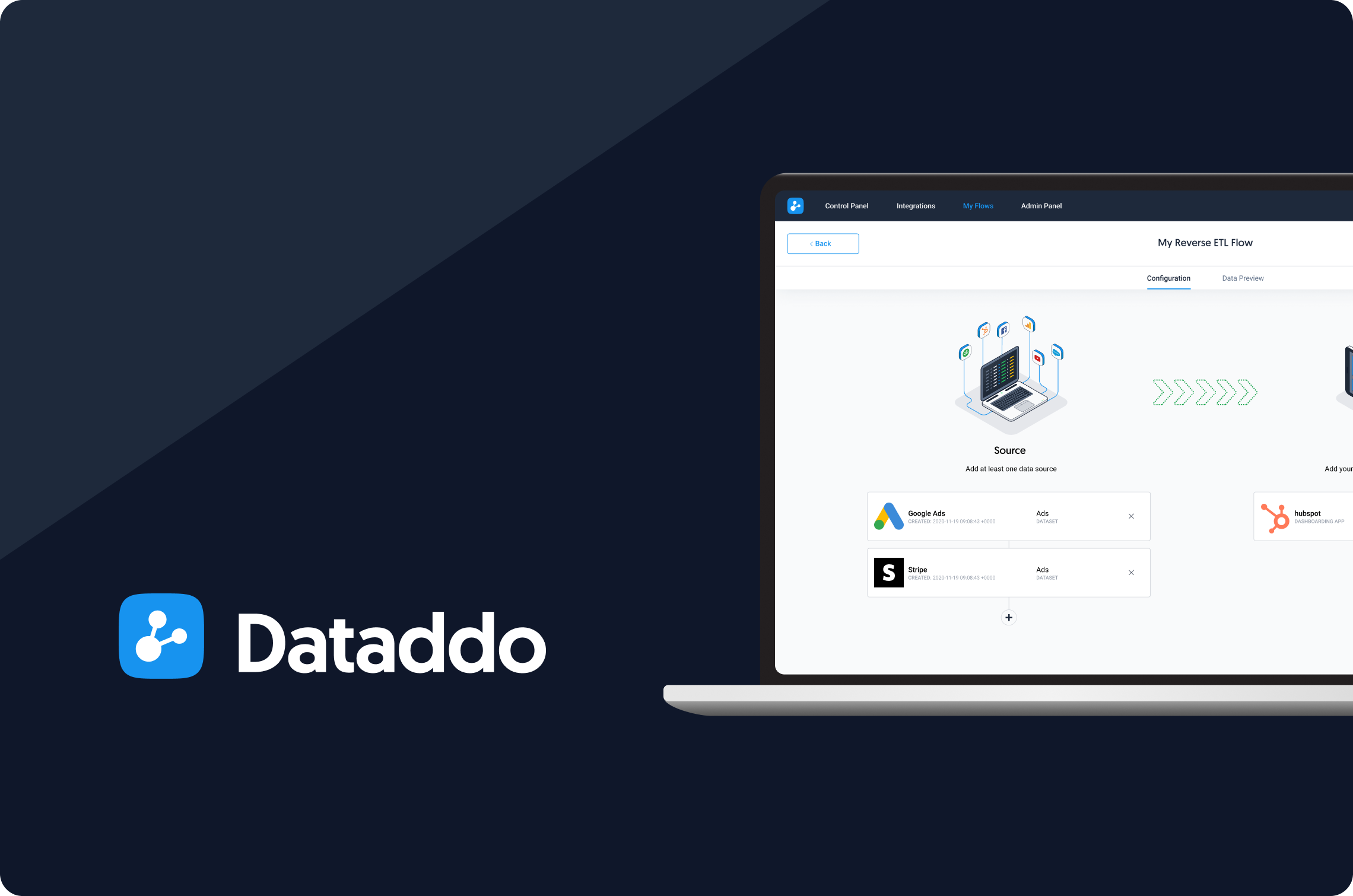
-
Destination integrations: Dataddo is a relatively new player on the reverse ETL field and therefore doesn't yet have the largest selection of reverse ETL destinations (20+). But, connectivity is Dataddo's specialty—new integrations are built every week, and if you need a connector we don't have, we can build it for you in ±10 days. See connector portfolio.
-
Source integrations: Dataddo supports a larger-than-average selection of sources for reverse ETL integrations, including all popular data warehouses, data lakes, SQL databases, and other apps.
-
Security: SOC 2 Type II certified and compliant with ISO 27001, GDPR, CCPA, HIPAA, LGPD, POPIA, and more. Optional SSH tunneling and exclusion of PII. 16 data processing locations. Custom encryption keys. All data that passes through the platform is encrypted.
-
Ease of use: Dataddo's no-code interface makes it extremely friendly to non-technical users, but it’s also friendly to engineers because it allows them to tap into low-level platform operations via an API. As with any other tool on this list, some technical knowledge would be a great advantage when setting up reverse ETL pipelines. Data mapping is manual, but very easy for users with any level of technical skill.
-
Inbuilt data quality features: Dataddo features an AI-based data quality checker and anomaly detector that runs on each dataset before it syncs. There is also a feature that lets users preview data before syncs, as well as an error messaging system that helps detect problems during pipeline configuration.
-
Pricing: Starts at $99 per month, with a 14-day free trial. Pricing is by number of pipelines. (There is also a free plan for end-to-end integration of cloud services with dashboarding apps.)
-
Other integration types offered: Aside from reverse ETL, Dataddo is capable of ETL, ELT, database replication, and end-to-end integration of cloud apps with dashboards.
See Dataddo's reverse ETL use case page for more information.
#2 - Census
Census is a fully managed, coding-optional reverse ETL tool that syncs data from warehouses to business apps.
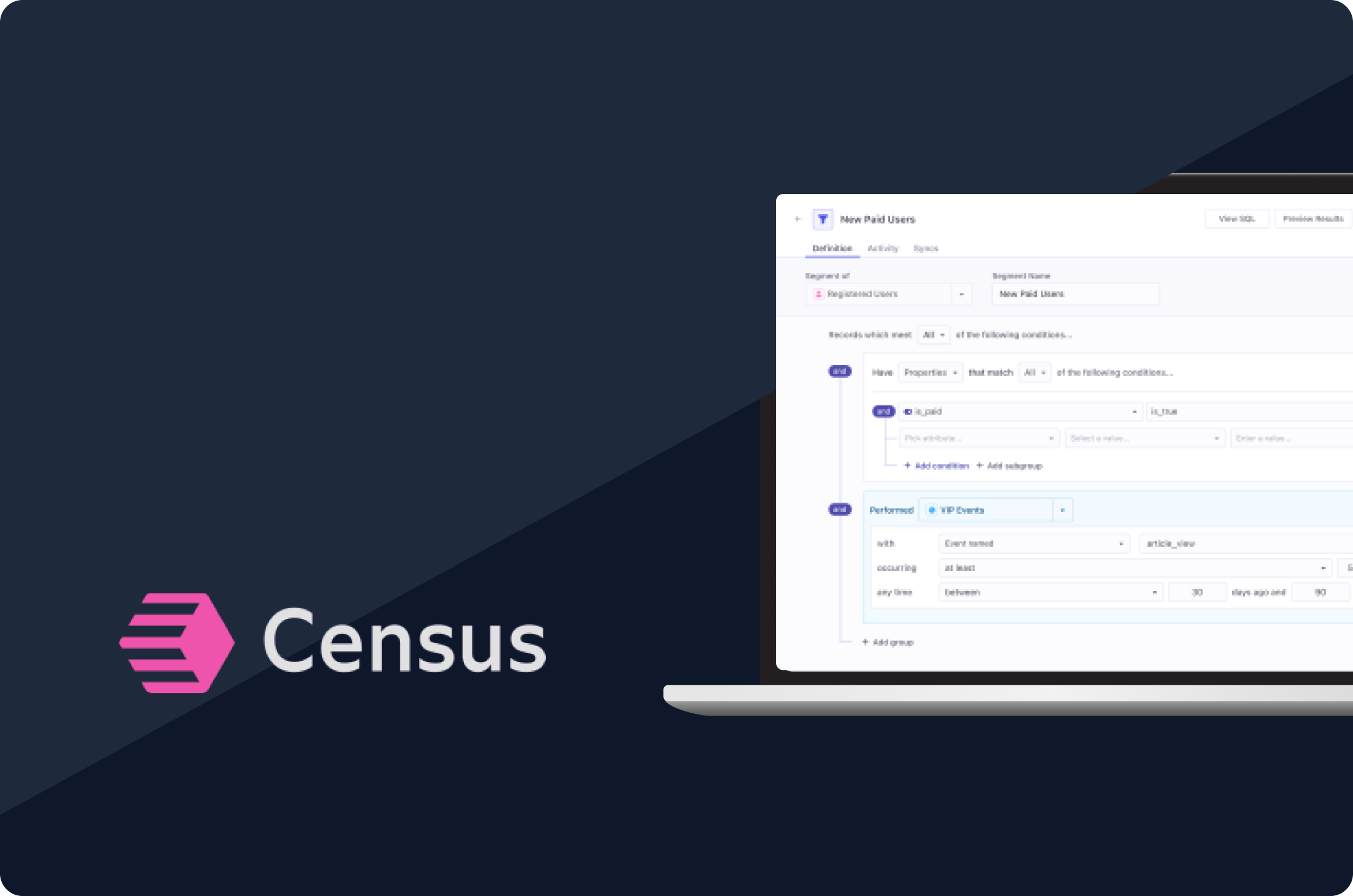
-
Destination integrations: Census supports a wide range of destinations (200+)—CRMs, marketing automation tools, ecommerce platforms, help desk apps, and more.
-
Source integrations: Census supports a handful of sources, including most popular data warehouses, lakes, and SQL databases.
-
Security: Census is SOC 2 certified and compliant with HIPAA, GDPR, and CCPA. US and EU data residency. Runs on top of your data warehouse. Encryption keys available. All data that passes through the platform is encrypted.
-
Ease of use: Census is easy to set up and its no-code interface makes it accessible to non-technical users. Nevertheless, knowledge of SQL is necessary to access more advanced features. Data must be mapped manually at the initial configuration of each pipeline.
-
Inbuilt data quality features: Census features a data quality checker and provides detailed error information for failed syncs. It also has an API Inspector to help users examine and understand Census' API calls.
-
Pricing: There is a free plan, and annual paid plans start at $350 per month. Pricing is by destination.
-
Other integration types offered: None
#3 - Hightouch
Hightouch is a fully managed data activation platform whose reverse ETL functionality is designed for use by data teams.
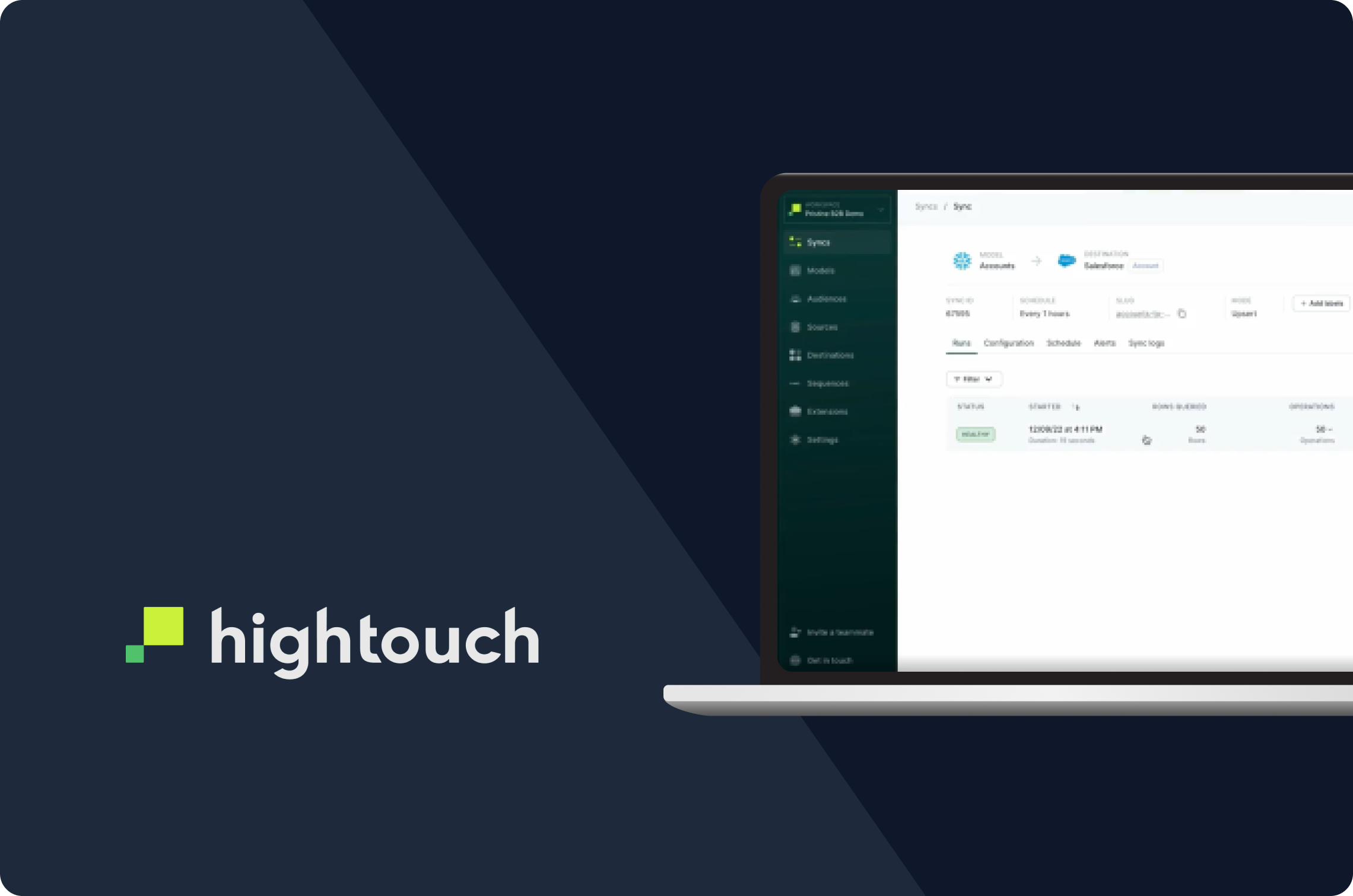
-
Destination integrations: Hightouch has a larger-than-average portfolio of reverse ETL destinations (200+), including CRMs, marketing automation tools, analytics tools, and ERPs.
-
Source integrations: Census supports a handful of sources, including most popular data warehouses, lakes, and SQL databases.
-
Security: Hightouch is SOC 2 Type 2, GDPR, HIPAA, and CCPA compliant. Runs on top of your data warehouse. All data that passes through the platform is encrypted.
-
Ease of use: Hightouch's reverse ETL functionality is relatively user-friendly, though it requires SQL knowledge to operate. Data mapping must be done manually.
-
Inbuilt data quality features: There is a Live Debugger, which monitors the health of syncs, as well as an error messaging system that displays error messages from third-party APIs.
-
Pricing: There is a free plan, and annual paid plans start at $350 per month, with a 30-day free trial. Pricing is by destination.
-
Other integration types offered: None.
#4 - Grouparoo
Grouparoo is a partially managed, open-source reverse ETL solution whose entry-level and standard plans are for developers, but whose enterprise plan supports less technical users.
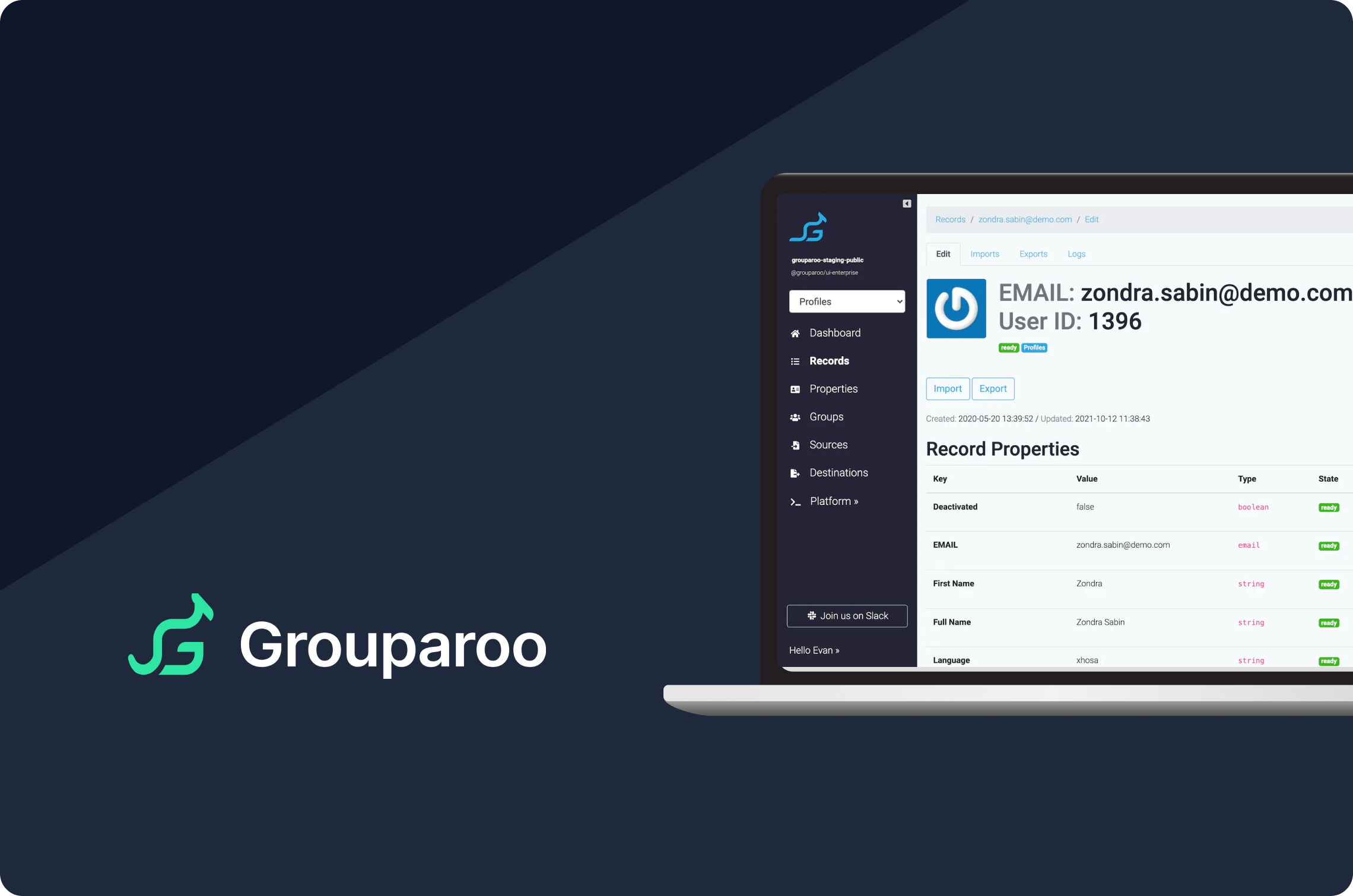
-
Destination integrations: Grouparoo offers 25+ destination integrations, including popular CRMs and marketing automation platforms (additional integrations can be coded by users).
-
Source integrations: There are a few source integrations, most of which are data warehouses and SQL databases.
-
Security: Aside from a permission system available under Grouparoo's enterprise plan, security is the responsibility of its users.
-
Ease of use: As an open-source tool, Grouparoo is primarily for developers, but its enterprise plan allows less technical users to define record properties through the web UI (after it's connected to a source).
-
Inbuilt data quality features: None. Users will need to use an external tool to monitor the application for performance and errors.
-
Pricing: There is a free plan, and paid plans start at $150 per month. Pricing is by records synced/month.
-
Other integration types offered: None
#5 - Informatica
Informatica's Intelligent Data Management Cloud (IDMC) is an enterprise data management solution that includes robust reverse ETL capabilities.
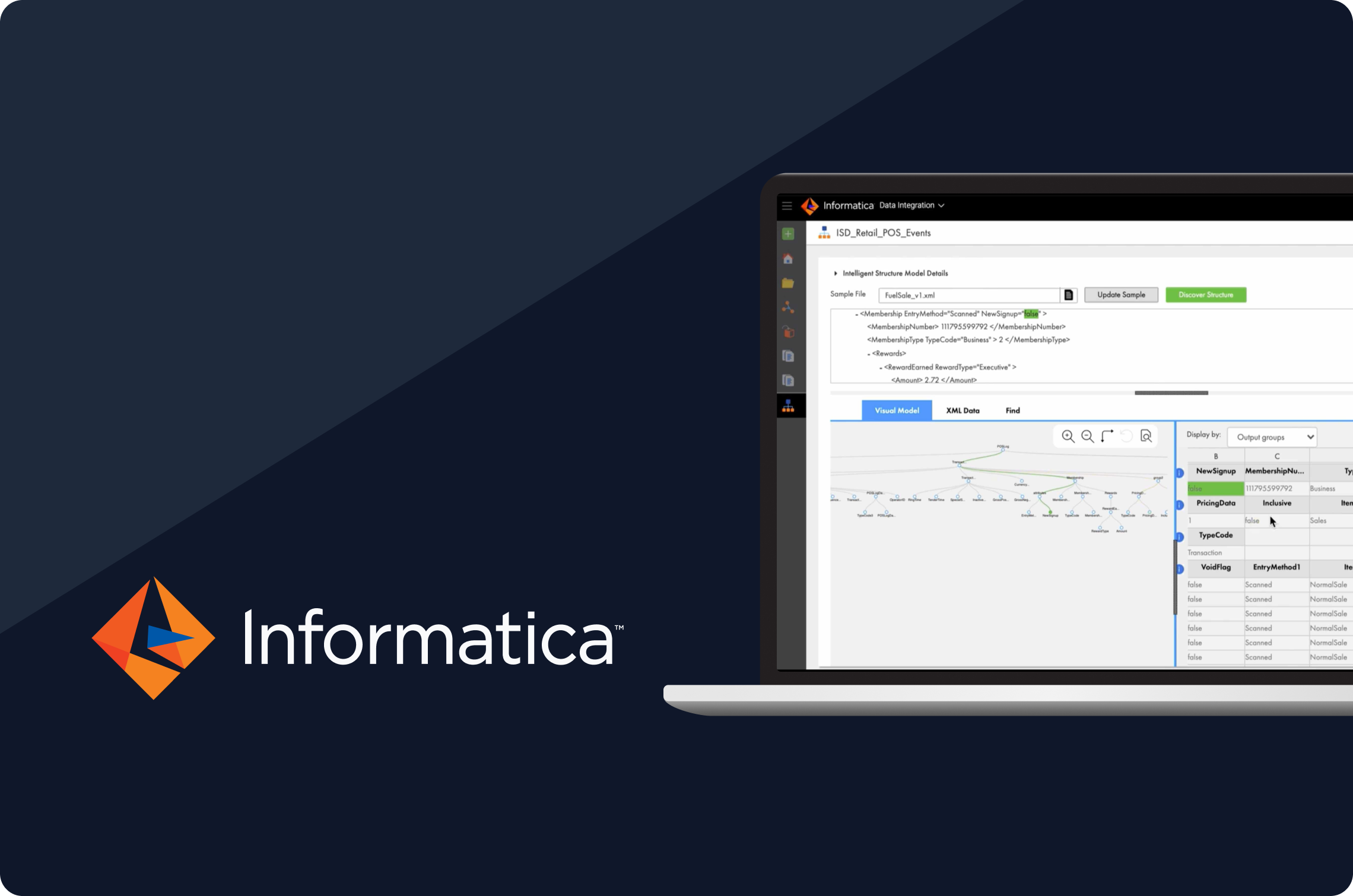
-
Destination integrations: Informatica's IDMC supports a wide array of reverse ETL destinations (80+), with a heavy focus on enterprise tools (think Oracle and SAP). They do not support some important destinations that SMBs use, like Google Ads.
-
Source integrations: Most popular enterprise databases are supported as sources.
-
Security: Compliant with major data privacy and security standards, including SOC 2, GDPR, and CCPA. Robust data encryption, secure data transfer, optional SSH tunneling.
-
Ease of use: Informatica offers a no-code to low-code interface, making it accessible to non-technical users, while still providing the depth required by data engineers for more complex tasks.
-
Inbuilt data quality features: AI-driven anomaly detection, data validation, and automated data cleansing.
-
Pricing: Consumption-based, pre-paid (contact sales).
-
Other integration types offered: Aside from reverse ETL, Informatica offers ETL/ELT and database replication.
#6 - Integrate
Integrate is a fully managed, low-code data warehouse integration platform designed for use by citizen data professionals.
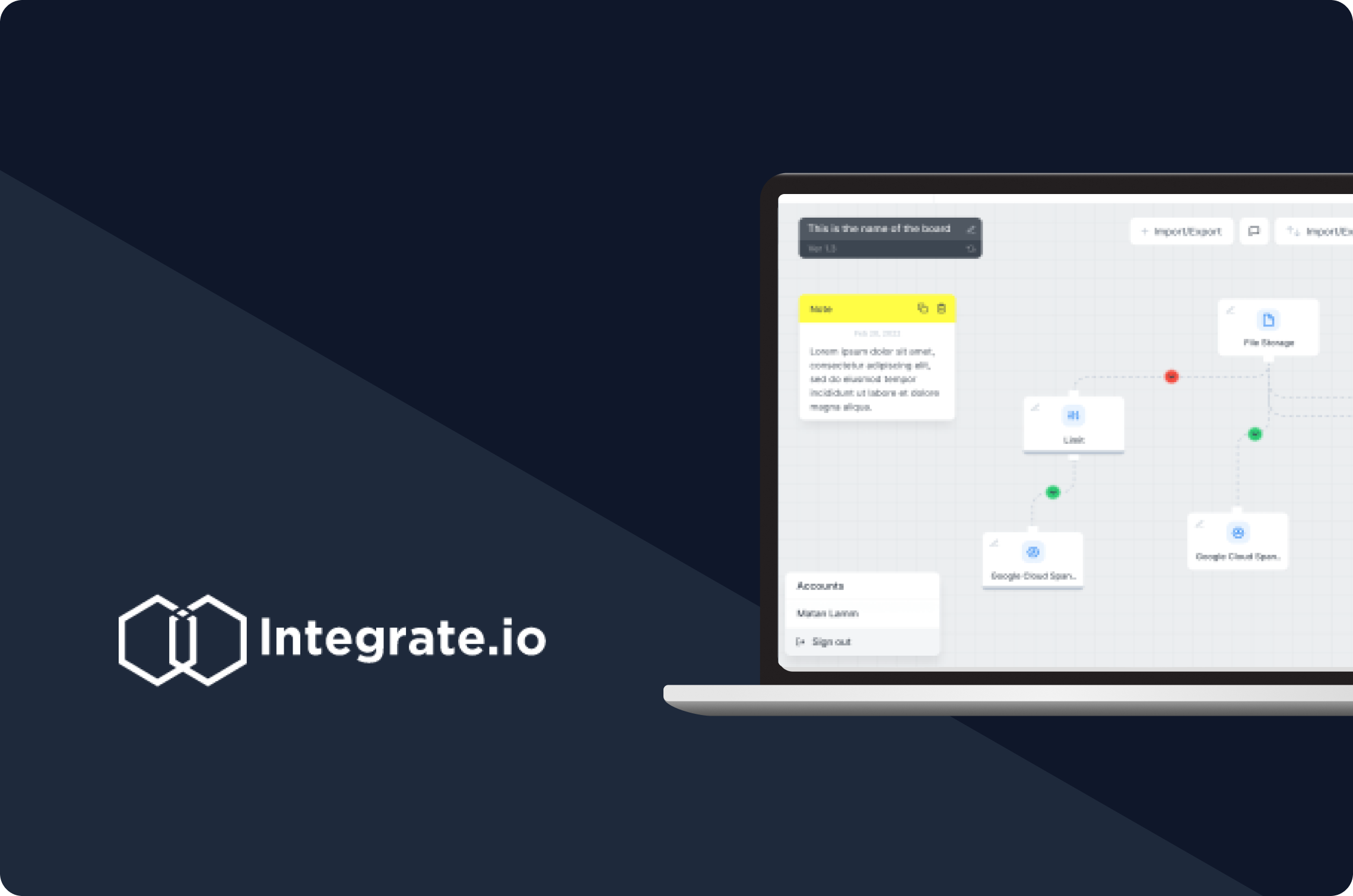
-
Destination integrations: Integrate offers several dozen reverse ETL destinations, including CRMs, help desk apps, ecommerce platforms, and marketing automation platforms.
-
Source integrations: Significant selection of popular sources, including data warehouses, data lakes, and SQL databases.
-
Security: SOC 2 Type II certified and compliant with ISO 27001, GDPR, CCPA, HIPAA. SSL/TLS encryption. SSH tunneling.
-
Ease of use: The platform is more for professionals used to working with data and code, especially when it comes to reverse ETL, so developers will likely be necessary to set up and debug pipelines, as well as map data.
-
Inbuilt data quality features: Error notifications for failed jobs. Validator to check proper pipeline configuration.
-
Pricing: Starts at $18,000 per year. Pricing is based on the number of connectors you use.
-
Other integration types offered: In addition to reverse ETL, Integrate supports ETL/ELT and database replication. It does not offer direct end-to-end integration with dashboarding apps.
The Final Litmus Test: Customer Support
We almost forgot to mention—despite how capable or flexible a tool may be on paper, it won't be good in the long term if the support is weak.
One great way to find out which tool is best for your company is to test a few in parallel and see how customer support reacts when a complication occurs (as with any other technology, it's not a question of if but when).
This is one thing that we at Dataddo pride ourselves on—behind our leading-edge integration technology is a group of dedicated humans that's ready to take a personal interest in your reverse ETL use case.
Try us and see for yourself.


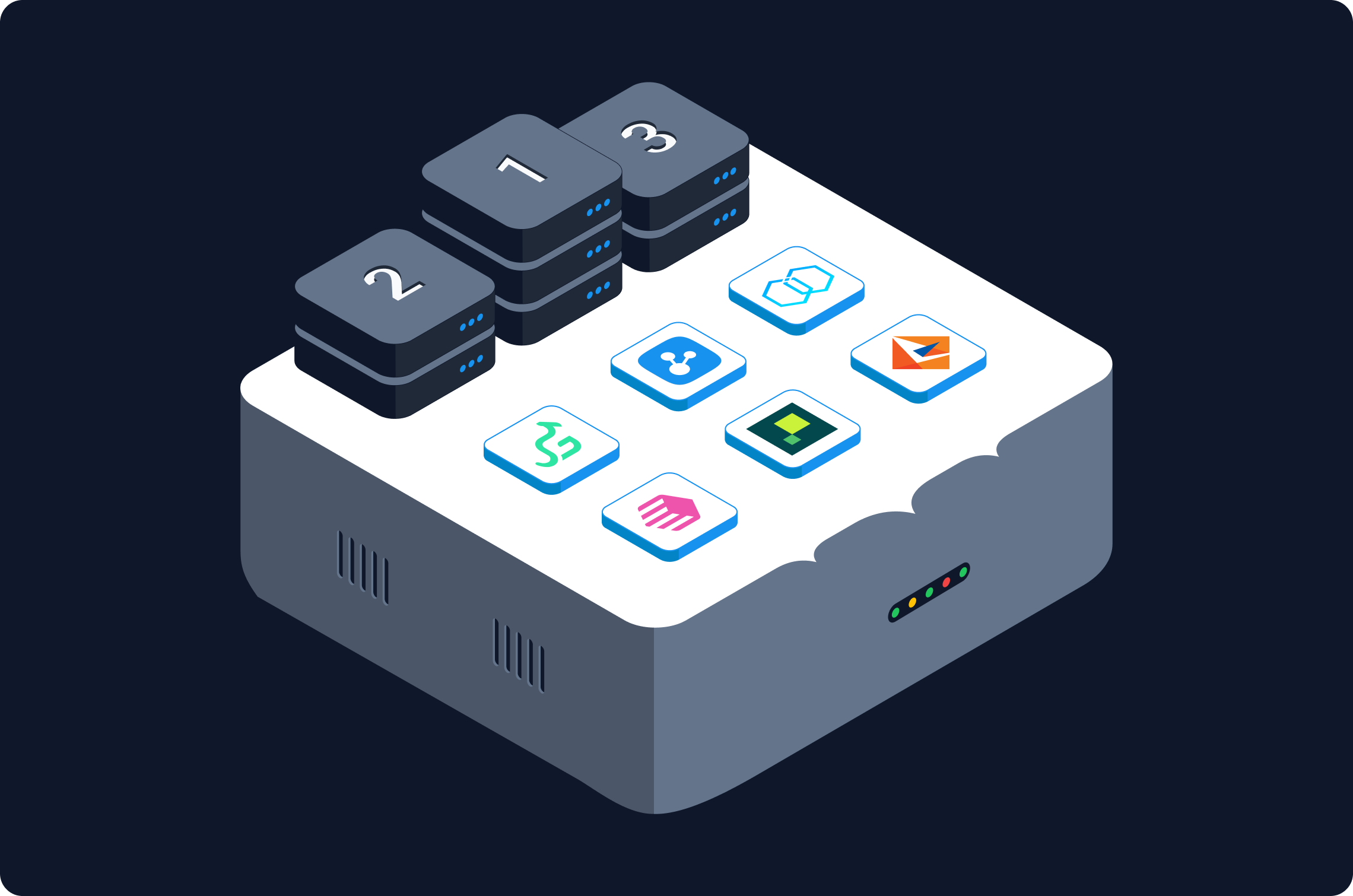

Comments